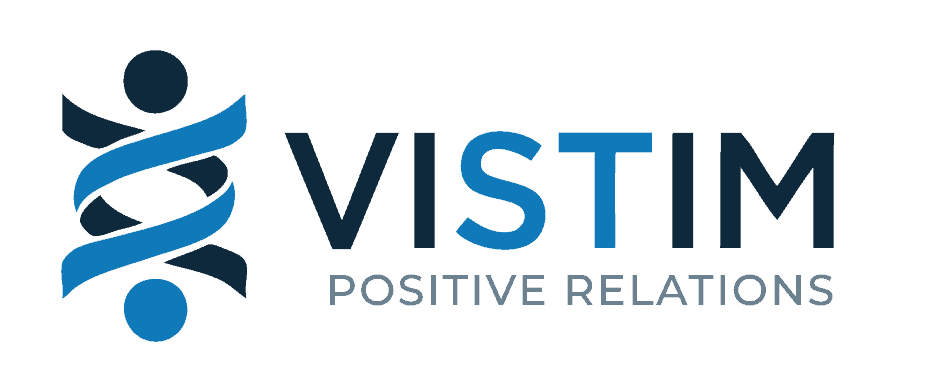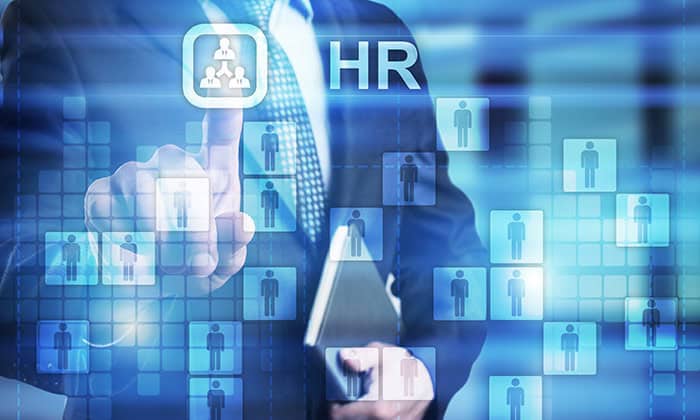A bit of context…
We frequently observe companies and their HR departments running complex and time-consuming processes, without benefits for the employee. Even more, the agenda of the HR department is generally driven by the respect of these processes and their related deadlines, rather than by the strategic objectives behind them, which usually generates frustrations.
Furthermore, from an internal clients’ perspective (i.e.: employees), these burdensome and non-intuitive procedures generate frustrations. Senseless processes, accumulation of emails, absence or delay of expected answers… have a negative impact on the employees’ experience.
Such observation occurs still frequently within companies not being equipped with modern Human Resources Information Systems (HRIS) and not having transformed their internal processes accordingly with the potential offered by these HRIS.
What do we mean by HRIS Today?
These lasts years, the HRIS landscape was influenced by a very good mix of market leading technology firms abandoning their outdated on-premises solutions for cloud based SaaS ones and innovative start-ups re-inventing the way HRIS should enable HR processes going forward.
HRIS landscape now takes the form of a very wide proposition of collaborative solutions in which employees, managers, HR, become actors of employees’ life cycle. These systems are not seen anymore as administrative platforms enabling employee data storage in the perspective of (regulatory) reporting or as the central point for any Payroll software integration for instance. HRIS consist today in solutions that can manage the entire candidate & employee work life cycle. By allowing efficient collaboration and transactions between all actors, they reduce the use of inappropriate communication channels, endless emails, phone call and chat or even postal mails.
Why does it enhance process efficiency?
HRIS are enriched with lots of transversal features allowing Managers and Employees the possibility to carry out requests and transactions directly in the system, instead of via the HR team. Thanks to validation and information workflows, thanks to robust and detailed roles and access definition or also thanks to automation, a wide variety of actions can be taken directly by the employee (or its manager). For instance, IBAN changes, training registration, self-assessment or feedback on others, a sickness statement or even a work certificate can be done directly in the system by the employee, while guaranteeing quality and compliance of data.
For instance, an IBAN can be directly recorded by the employee. The correctness of the bank account is checked by an integrated algorithm. A copy of the Bank ID can also be attached and lastly, a validation workflow by HR can be triggered to check the correctness and right association of the Bank account with the employee and mitigate risks of wrong payment or salary recipient. This smooth process, when rightly configured, prevent the exchange of several emails and the recording by HR and hence the risk of mistake.
As a second example, employees could directly report a sickness in the system, which would trigger an information workflow to the manager to inform him. Eventually, a specific report or alert could be configured to draw HR’s attention in case of successive sickness leading to a medical certificate requirement.
Beyond this, HRIS is becoming the unique platform to manage career, performance, learning and development, compensation and benefits in a completely integrated manner.
These transversal features are essentials to enhance collaboration and open access to the system beyond the perimeter of HR. This approach was not foreseen by former systems as too permissive due to the absence of validation workflows or their incapacity to allow multiple users while guaranteeing data quality.
Best practice as driver
Beyond these enhancing transversal features, the way companies configure their HRIS and transform their processes is important. To get the best out of modern HRIS, it is generally recommended to adopt market best practices as much as possible. Such systems are highly configurable; however they are usually built on evolving market best-practices, stressed out by hundreds of companies of all sizes and HR departments beforehand.
Big business processes do not fit all. But a lot of processes commonly used in the market and within different types of organisations can almost be applied as such to your company.
Although you may configure every process you want within the system, or almost, recent successful implementations demonstrate that standard processes offered by suppliers usually deliver the best for your organisation. Providing better value for money, it encourages organisations to be disruptive in their implementation projects, transforming their outdated processes towards more collaborative, empowering and efficient ways of working.
HRIS as contributor to people engagement
Process efficiency aside, opening access to the system to Managers and employees’ self-service facilities is always a way to contribute positively to their engagement. On one hand, you empower Managers to take ownership of their people, to manage their career by acting directly in the system (instead of relying on HR to get it done). On the other hand, you enhance employees’ experience, providing them with a one-stop shop solution in which they can manage their transactions, where they can find all required information, take any actions on their data, refer employees, register to trainings, manage their performance and performance of others or simply consult the evolution of their compensation package. In the meantime, you remove this undesirable feeling of HR controlling every step, and free up their time to focus on what really matters in their job.
Conclusion
HRIS provides the opportunity for HR departments to stop controlling and centralising every HR transaction on the grounds of ensuring they are properly informed to trigger follow-up processes – HRIS takes care of it. They may instead leverage the transversal features enhanced by modern HRIS to promote collaboration and digital transactions while empowering employees and managers.
In doing so, they will get rid of non-value-added tasks. This will significantly improve the perception of their role and allow them to spend more time on strategic activities. Three birds with one stone!



